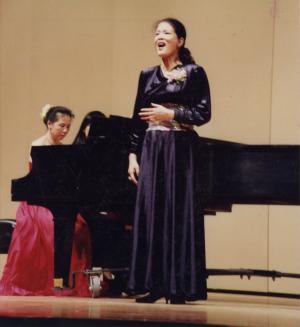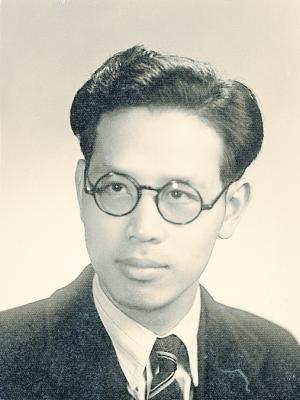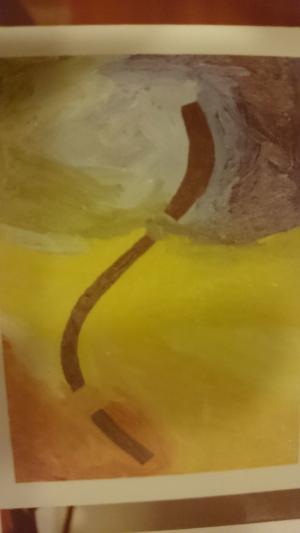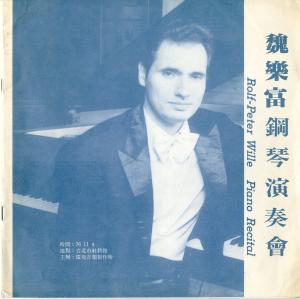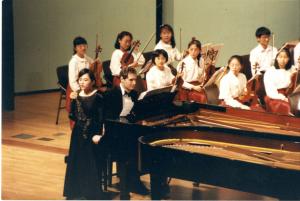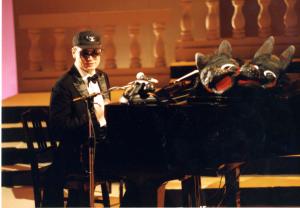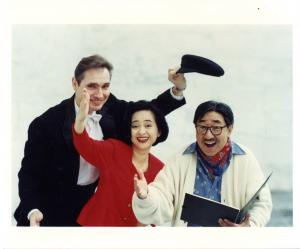Nok-du-kkot (Mung-bean flower)
Bird, bird, blue bird,Do not sit on the Mung-bean tree.If the Mung-bean flower is shed,The green-lentil jelly peddler cries while going away."Nok-du-kkot" is based on this Korean folk song's tune and intervals: only contains three notes (D, D and A: major second and perfect fourth intervals). However, to introduce the tune obscurely, the tune is not represented until the last part of the piece (most obviously from m. 115, fi. and cla.) aid augmented fourth is more displayed from the beginning of the piece. This folk song is generally interpreted as an allegory about Bong-Joon Jeun (1854-1895), a general who was referred to as "Mung-bean". In the poem, the "Mung-bean" symbolizes the general, while the civilians are represented as a peddler. The general defended common people against corrupt politicians in the 189s and fought against Japan after the China and Japan War. Viola is a symbol of the general who was with common people and had been in a difficult situation. Other instruments are echo of people's agony or the source of difficult environment in a society.

